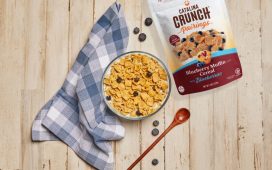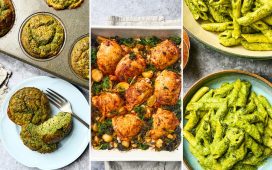Each time, I entered the operating room at her side, singing her to sleep as her eyes fluttered and her mouth frothed from the bitterness of the sevoflurane gas in the mask over her face. The anesthesiologist waited for her eyes to close completely before ushering me out of the room and starting an IV. When it was over, I kissed her flushed cheeks in the recovery suite and mentally planned the soft meal I’d feed her that night.
I punctuated everything I said to her that year with “take-a-sip-of-your-milk-sweetie.” “How was school? Take-a-sip-of-your-milk-sweetie.” “Do you need to go potty before we leave? Take-a-sip-of-your-milk-sweetie.” “Bedtime! Take-a-sip-of-your-milk-sweetie.” No day’s quality was measured with any barometer other than the milk left in her cup. An empty cup would find me falling asleep easily. A nearly full one would send me into an under-the-surface rage, cursing the diet as I tossed and turned.
Oddly, Sammi’s esophagus appeared healthy in biopsy after biopsy. I reveled in every food that passed the test. Still, the words of the mother on the phone haunted me; I had another child and a tradition of family dinners and a large extended family that ate together with gusto.
With every step closer to the end of these trials, I grew angrier that Sammi was still not eating well. The days of endless chopping, sifting, washing, mixing and running to the store for obscure ingredients, all in the service of keeping my tiny daughter from disappearing, were wrecking me.
After nearly a year, every banned food had been added back into Sammi’s diet and her esophagus looked inexplicably perfect. The doctors threw up their hands in surprise. No one understood it; no one tried, lost as they were in the celebration of this first child healed by diet alone. Given six months reprieve from diets and endoscopies, I sank into a seat at my kitchen counter and stared at my stove in disbelief.
Around me, my community celebrated. We were feted at restaurants, friends’ houses, and in our own home, where I pushed my labeled containers of arrowroot starch and dairy-free “milk” powder to the back of the cabinet. “She’s better!” people cheered, but I watched her, still worried. She didn’t seem “better” or even different from when we’d started.
She often said the food was coming back in her mouth, but we found no evidence of acid reflux.
What was all that gluten-free, dairy-free, soy-free, egg-free, nut-free love for? By the next summer, I was still anxiously waiting for her to move past “failure to thrive,” which I’d always heard as “failure to feed” despite my hundreds of hours logged at the stove. Hours she spent playing, learning and sleeping were hours I worried she could have spent eating. Nothing had changed.






